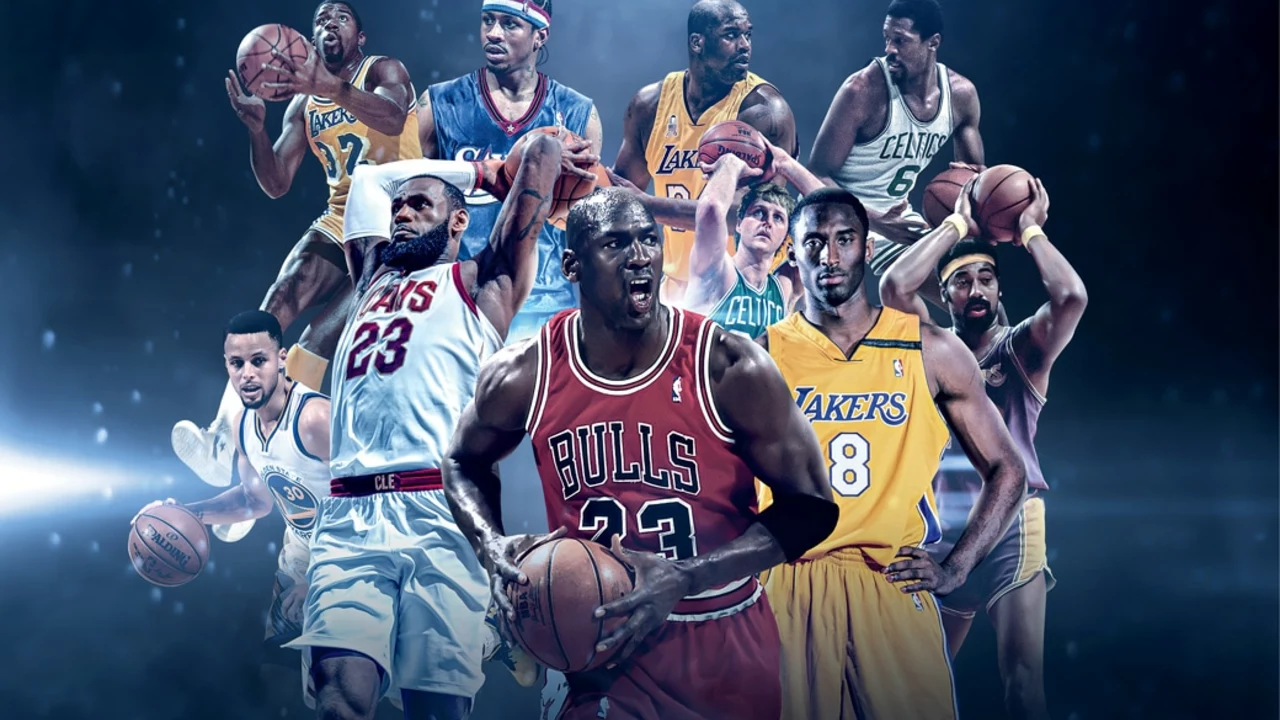Sports and Recreation
When talking about Sports and Recreation, the broad range of physical activities people play for fun, fitness, and competition. Also known as athletics and leisure games, it brings communities together and fuels a massive global market. From local park matches to worldwide championships, the sector touches every corner of life. Sports and recreation isn’t just a pastime—it’s a cultural engine, an economic driver, and a health booster rolled into one.
What makes a sport popular worldwide?
One clear driver is Football, the foot‑kicking game that dominates TV ratings and stadium seats across continents. Its simple rules, low equipment cost, and massive fan base create a feedback loop: more viewers attract more sponsors, which fund better youth programs, which in turn produce more talent. Another key player is Cricket, a bat‑and‑ball sport especially beloved in South Asia, the UK, and Australia. Cricket’s long formats generate traditions, while its quick‑fire T20 version fuels modern media hype. Basketball, the high‑scoring, fast‑paced court game that thrives in urban settings adds another layer: the sport’s global leagues and street‑ball culture make it accessible for anyone with a hoop.
These three sports illustrate a semantic chain: Sports and Recreation encompasses Football, Football influences global sports culture, and Cricket requires a bat and ball. Together, they shape how people perceive and engage with physical activity. The popularity of each also links to related concepts like “team dynamics,” “fan engagement,” and “media rights.” When a new league launches, it leans on these existing dynamics to attract viewers.
Beyond the headline games, the category covers everything from individual pursuits like tennis and swimming to community‑driven events such as local running clubs. Each activity adds its own set of attributes: equipment needs, skill progression, and social impact. For instance, tennis requires racquets and courts but also offers a clear pathway from grassroots to professional tours, influencing both tourism and local economies.
In the posts below you’ll find deep dives into why these sports dominate, how they evolved, and what trends are reshaping the scene—think data‑driven performance analytics, rising e‑sports crossovers, and sustainability initiatives in stadium design. Whether you’re a casual fan, a budding athlete, or someone curious about the business side, the collection gives you a practical map of the sports landscape.
Ready to explore the details? Scroll down to see the curated articles that break down each sport’s story, the numbers behind their growth, and the actionable insights you can apply to your own game plan.
What is the ultimate list of the top 5 sports in the world?
Alright, sports fans, buckle up because here comes the ultimate quintet of the most loved sports around the globe! First up, we have football, not the American one, but the one where you actually use your foot to kick the ball; it's loved by millions, probably billions! Then, there's cricket, catching hearts with its bats and balls, especially in regions like India and England. Next, we have basketball, a game where you can slam dunk your way into glory, hugely popular from LA to Beijing. Fourth on our list is tennis, a sport that's as classy as strawberries and cream at Wimbledon. And rounding up our top 5 is rugby, a sport that's a wild combination of strength, strategy, and the odd haka dance. So, there you have it folks, the ultimate list of top 5 sports in the world.
